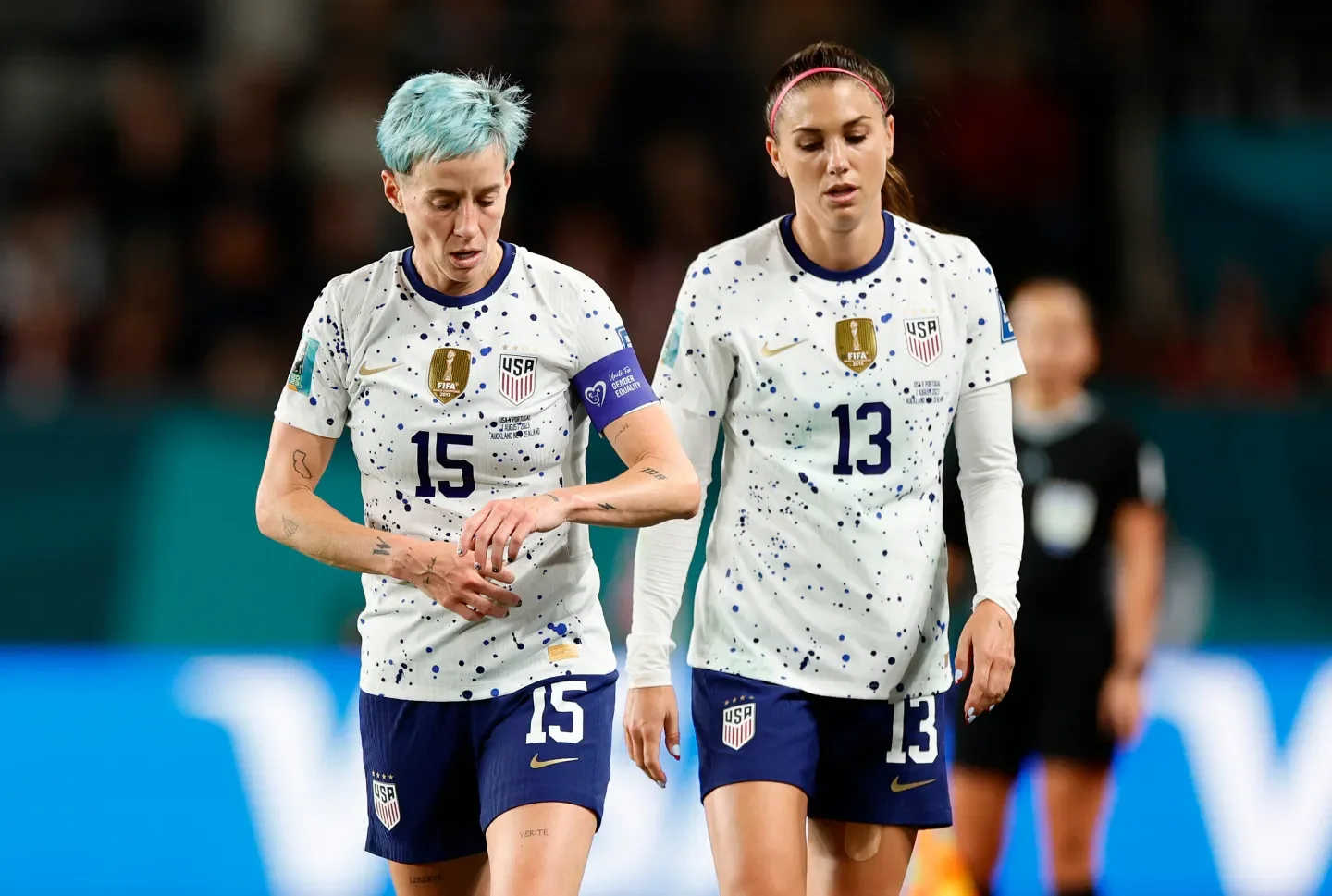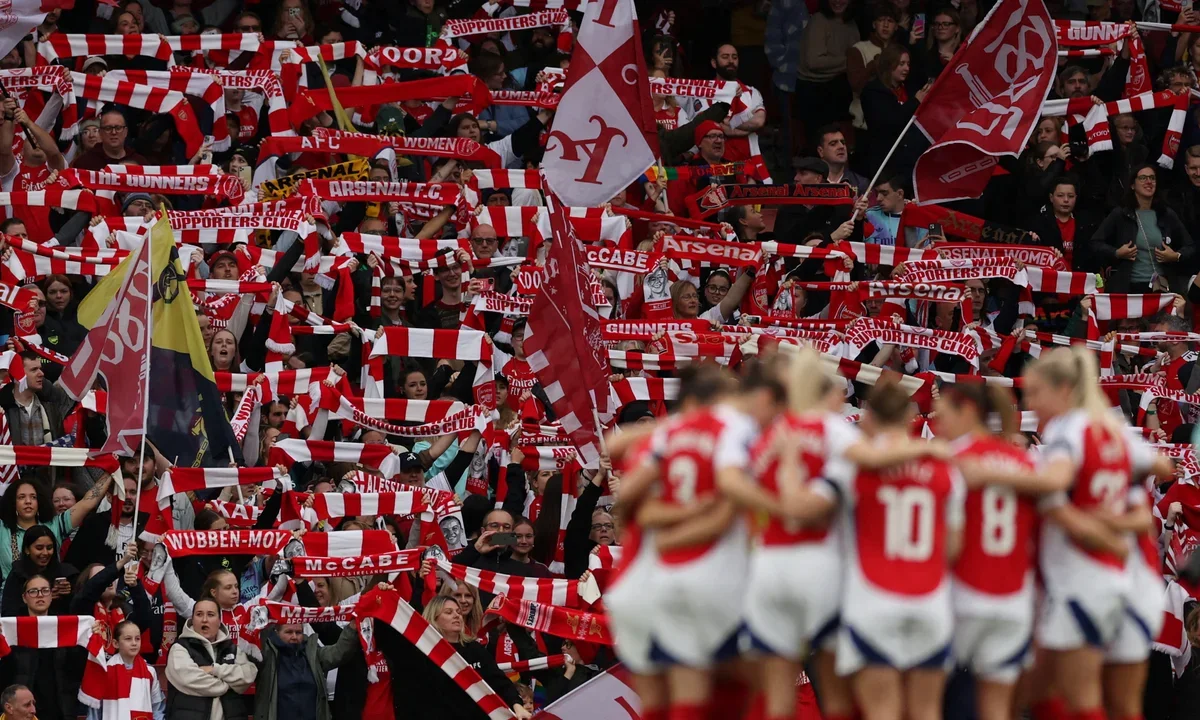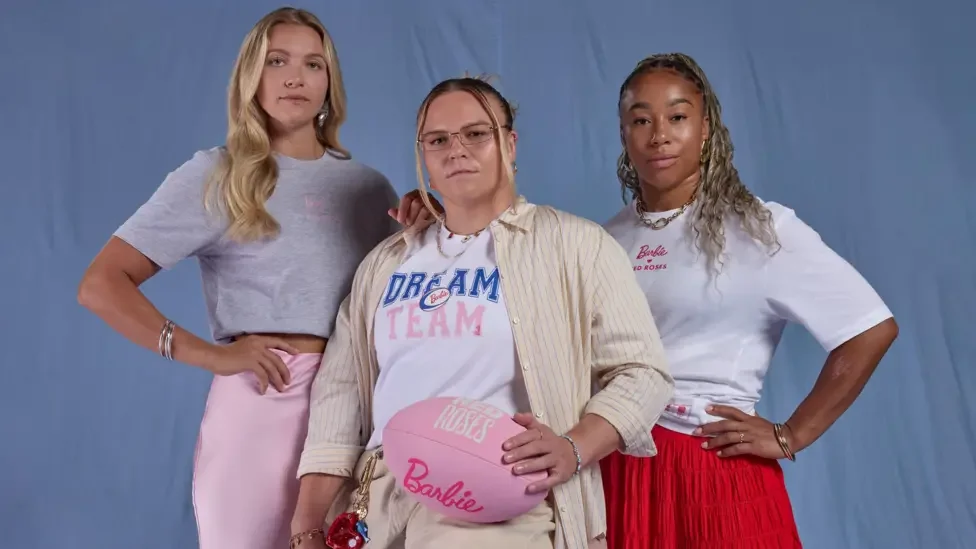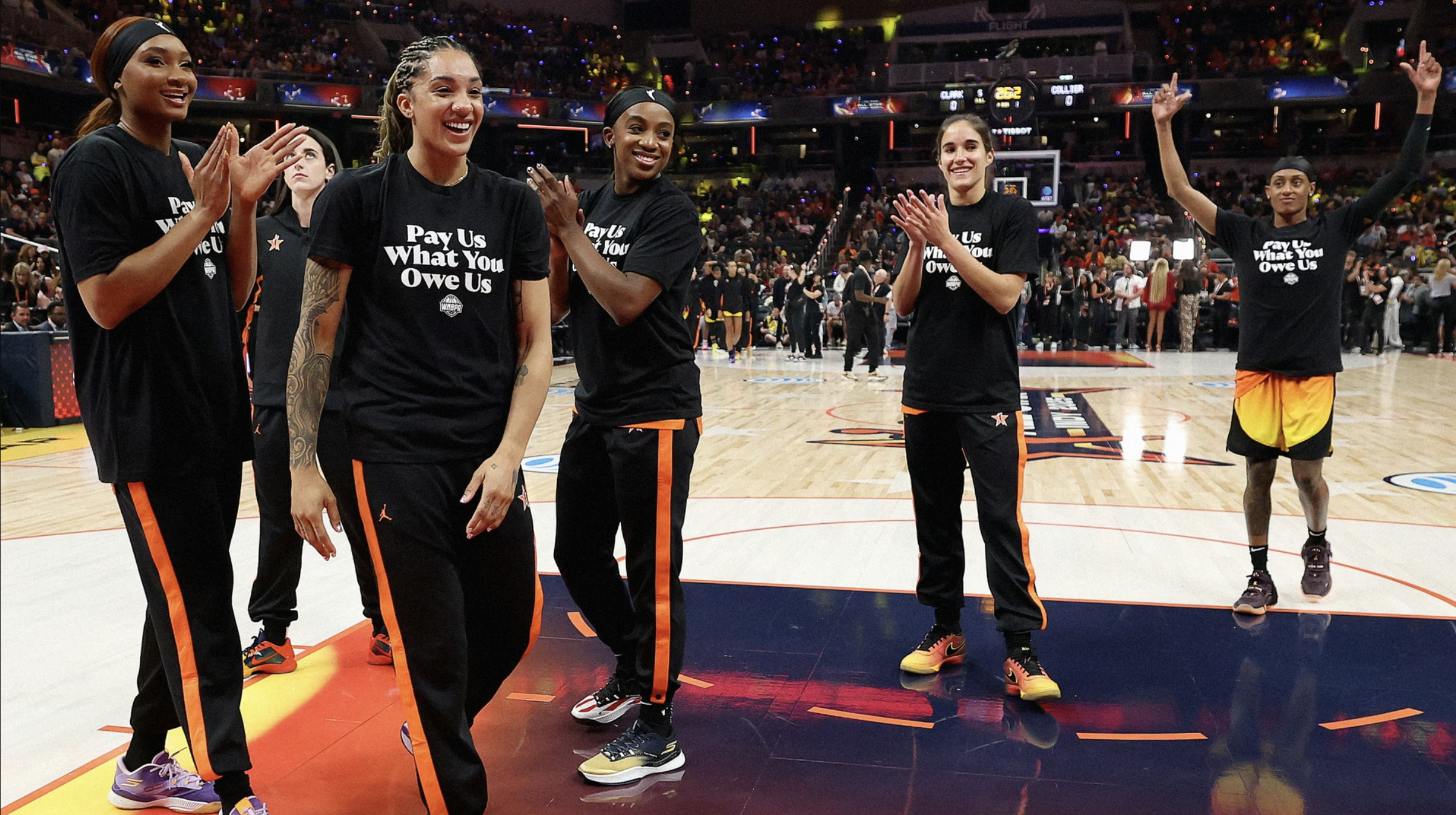The Women’s Rugby World Cup is breaking records - sell-out stadiums, millions watching, and England’s Red Roses leading the charge as hosts and favourites. But while the team is thriving on the pitch, fans looking to wear their pride have hit a wall. Technical kit partner Castore has admitted a supply chain failure means the official World Cup shirts are unavailable online. For a tournament of this magnitude, with women’s sport finally commanding centre stage, the miss couldn’t be more glaring.
📊 Supporting Stats
42,723 fans packed into Sunderland’s Stadium of Light for England’s opener against the U.S. - the largest ever Women’s Rugby World Cup crowd.
375,000+ tickets sold already, with the final at Twickenham’s Allianz Stadium (82,000 capacity) confirmed as a sell-out.
The RFU’s kit deal with Castore is reportedly worth £5m+ per year, replacing Umbro in a multi-year partnership.
Women’s rugby momentum is surging: World Rugby expects record global viewership figures for this year’s tournament.
🧠 The Brand Opportunity
This should have been Castore’s golden moment - a global stage, a home nation favourite, and women’s rugby on the rise. Instead, the shirt shortage creates frustration for fans and risks brand credibility. Merchandise at live matches softens the blow, but the reality is many fans want online access, particularly casual supporters discovering the team during the tournament.
The optics are even harsher because Castore has faced previous high-profile product complaints (Aston Villa’s “wet-look” kit, peeling logos, quality concerns). In the sportswear arms race dominated by Nike, Adidas and Puma, challenger brands only get a handful of opportunities to prove they can play at scale. Failing at the biggest-ever Women’s Rugby World Cup damages both trust and visibility.
From a brand strategy perspective, this moment exposes a tension: challenger positioning brings cultural capital, but reliability and logistics remain non-negotiable in elite sport.
📌 Key Takeouts
🏟️ Historic stage: Record-breaking Women’s Rugby World Cup in England.
👕 Product fail: Fans unable to buy official Red Roses World Cup shirts online due to Castore supply issues.
💰 High stakes: Castore paying £5m+ annually to be RFU kit partner - this was the spotlight moment.
⚠️ Brand risk: Builds on a track record of quality complaints, damaging fan trust and perception.
📈 Bigger picture: Women’s rugby momentum is accelerating, but brands that fail operationally risk being locked out of future growth.
🔮 What We Can Expect Next
The RFU will be watching closely. If supply frustrations overshadow fan enthusiasm, the partnership could sour early - even with years left on the contract. Expect competitors to circle: Adidas and Nike have both made major pushes in women’s sport and would relish a chance to step into rugby. For Castore, the short-term job is crisis management and transparency. Longer term, the challenge is whether it can scale up and deliver at the level required for global tournaments.
In a moment when women’s sport is booming and fan engagement is peaking, this was a once-in-a-generation chance to cement brand equity. Instead, Castore risks being remembered for dropping the ball.
























